Redesigning Spaceflight
by Kartik Chaturvedi
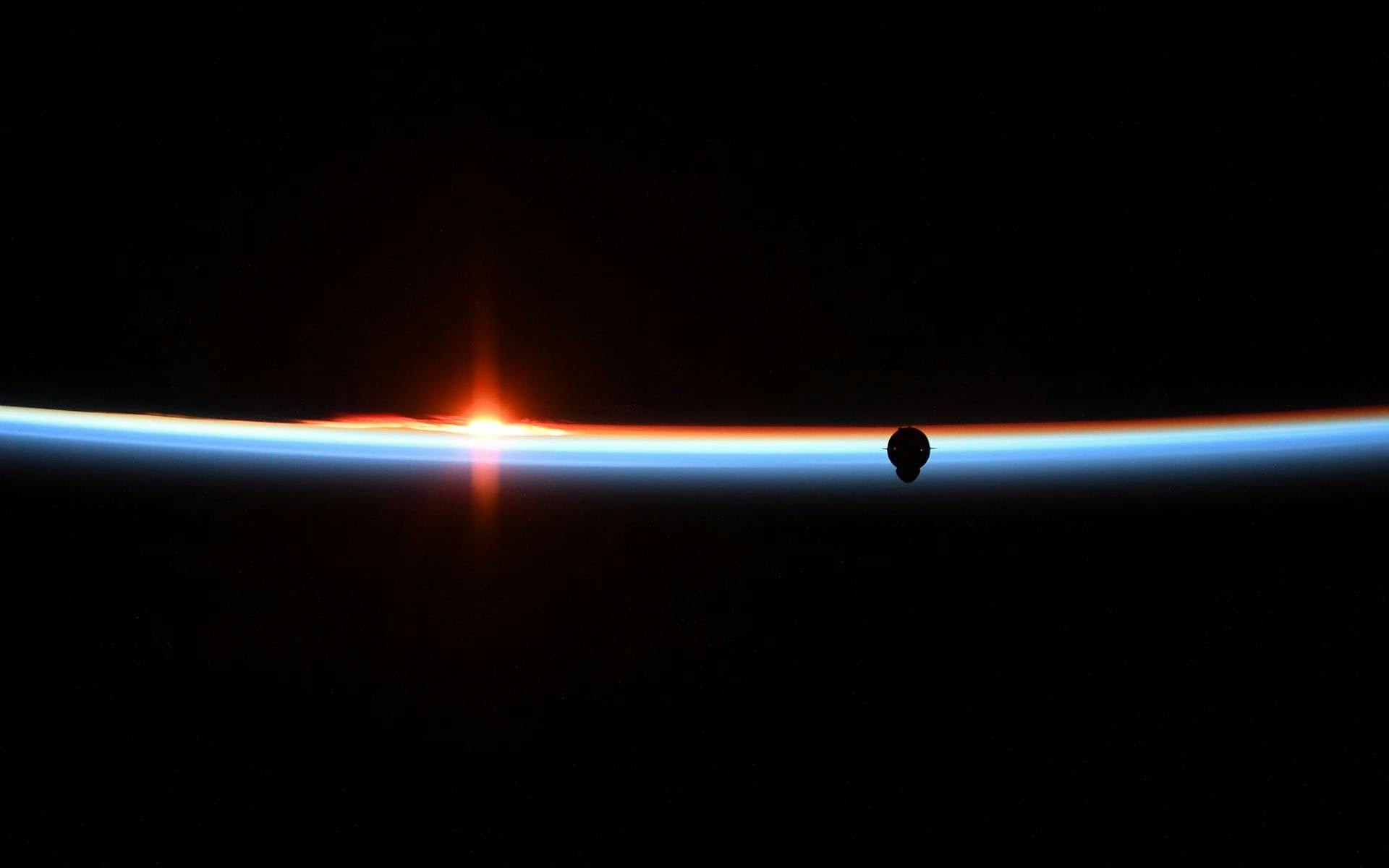
After nearly 8 years of flying cargo for client NASA, on May 30th, SpaceX launched the Crew Dragon spacecraft on top of the Falcon rocket, taking astronauts Bob Behnken and Doug Hurley to the ISS as part of the Crew Demo-2 mission. This is not only a huge step for the space industry, but it also showcases the true potential of human civilization. It marks the beginning of commercial human space travel.
There is one thing in particular that is special about these launches that draws so much attention and discussion — design.
Design is important. It helps turn things into experiences. Rockets and spacecrafts have historically been extremely industrial and rugged-looking, and the design hasn’t changed in over 40 years. The American space shuttle and Russian Soyuz capsule interiors definitely don’t invoke feelings of comfort or luxury — and there is no reason they should. These spacecraft were built for pure function, not aesthetics.
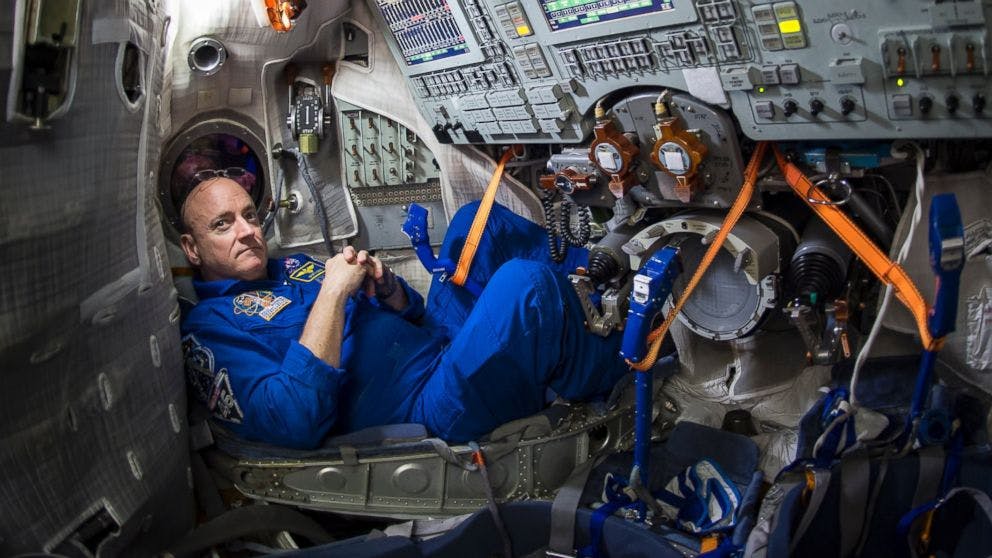

These spacecraft had been designed for a very specific purpose (which was more defense-related than exploratory), so there was very little incentive to create a beautiful, spacious spacecraft that offered a nice experience.
Meanwhile, the SpaceX rocket system has been designed to be modular. Since these spacecraft, and Starship, SpaceX’s upcoming spaceship, will be used interchangeably for various missions and commercial purposes, it is worthwhile to make them look good.
Everything about the SpaceX launch system is futuristic, serving both function and form. If you look closely, every segment of the launch process is designed with attention to detail and aesthetics. This is what creates a connection with people around the world. It’s not just a new rocket or a new spacecraft — it’s a beginning of a new age of space travel. You can almost see yourself in the astronauts’ shoes. It’s all part of the experience.
The Crew Dragon
While a lot of the spectacle of SpaceX launches is taken up by the Falcon 9 rocket, it is the Dragon spacecraft on top that carries all of the cargo. The Crew Dragon specifically carries astronauts. The craft is designed like a teardrop capsule with an aerodynamic nose and a trunk housing solar panels, radiators, and some cargo.
The inside of Crew Dragon is even more impressive. Soft but abundant LED lighting, sleek lines, and modern touchscreens turn the interior into a futuristic command center. The seats, resting on hydraulics that swivel back during launch, look like something out of an IKEA catalog.
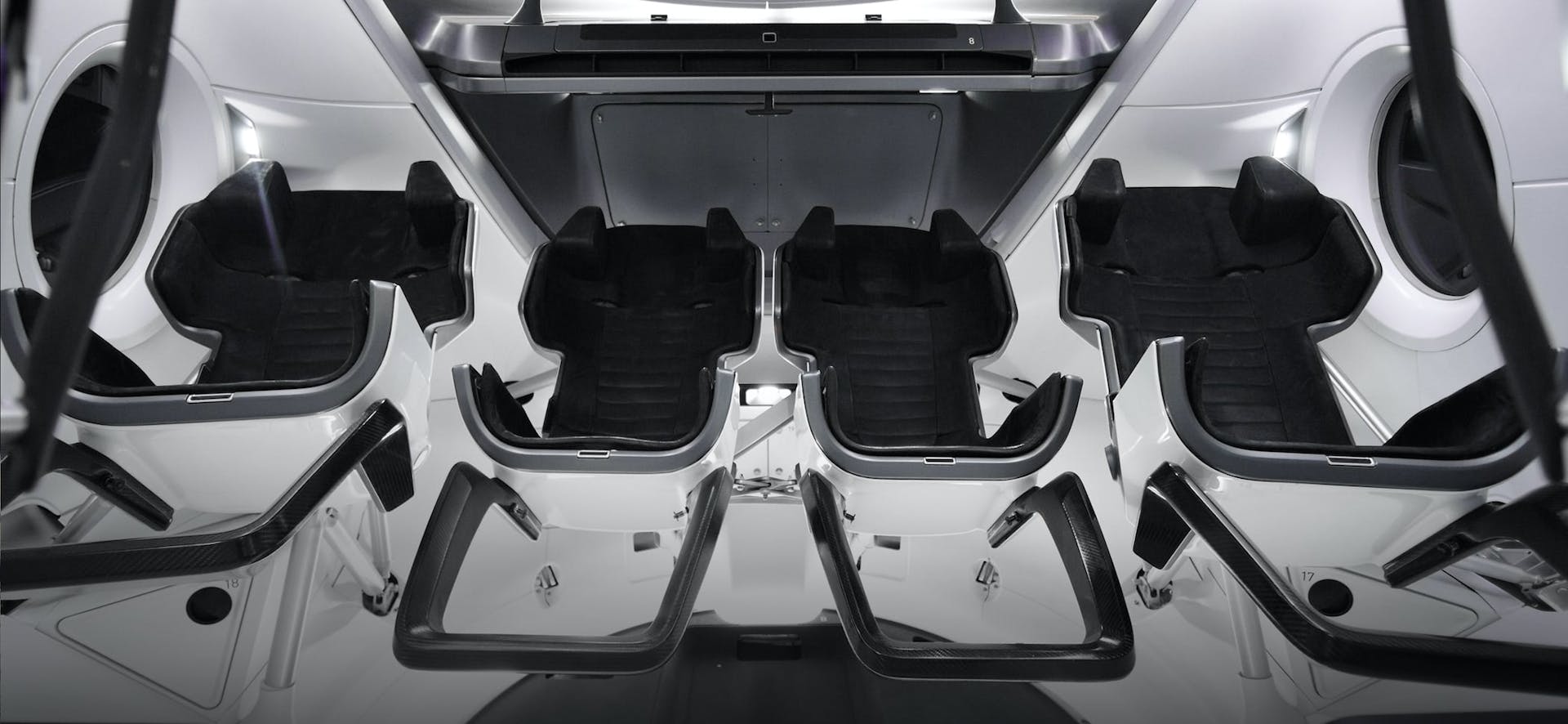
The Spacesuits
Even the new spacesuits by SpaceX are designed to turn heads. Gone are the bulky orange “pumkin suits” of the space shuttle flights. These SpaceX suits, made of Teflon and Nomex, are single-piece and custom-made for each astronaut. The helmets are 3D-printed, the gloves work seamlessly with the touchscreens, and the bodies are much sleeker than the older suits.
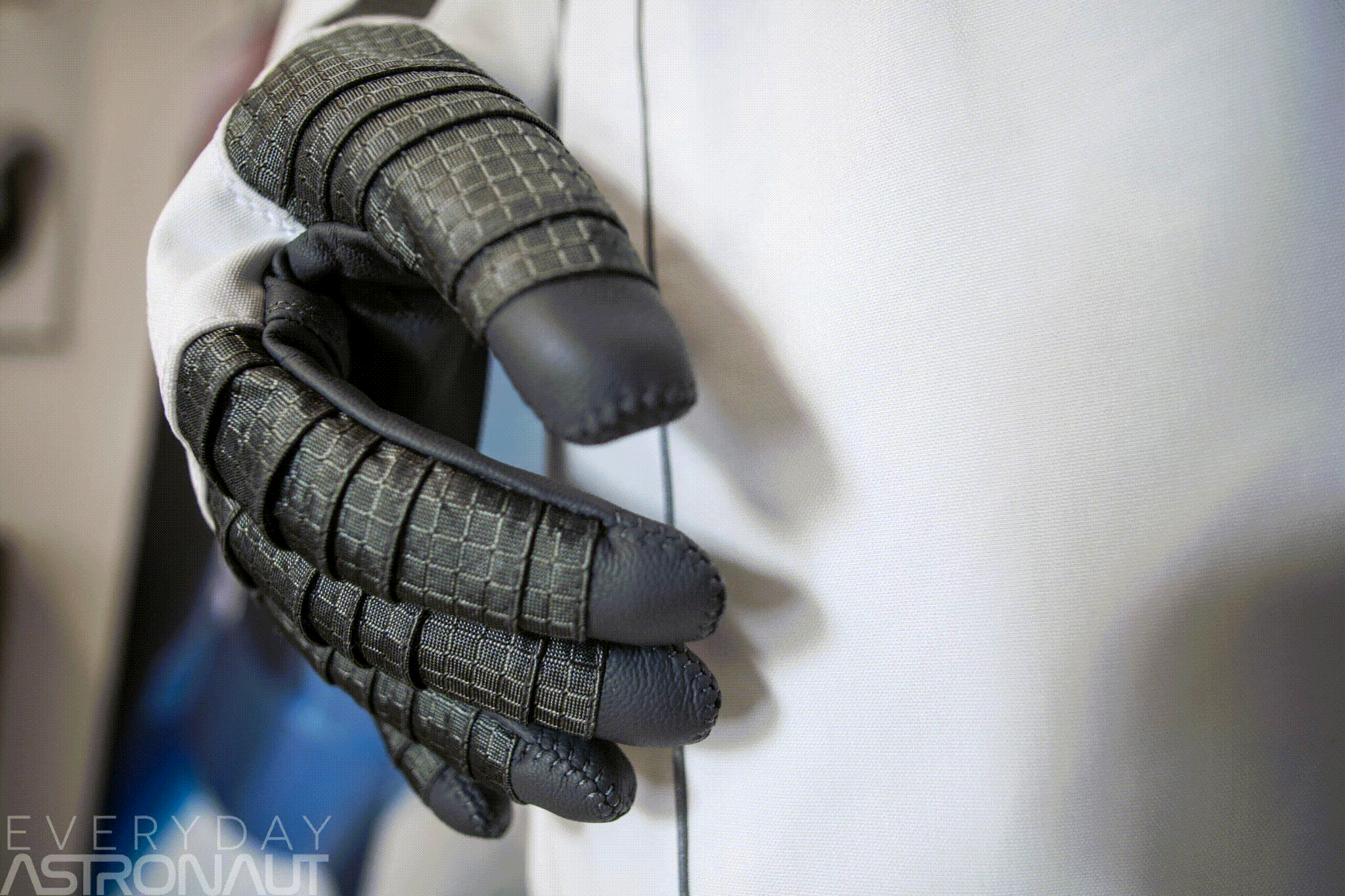
Crew vehicle and Crew Access Arm
Even the process of boarding the spacecraft has been redesigned.
Since 1984, NASA used a modified Airstream motor home called the “Astrovan” to ferry astronauts between the Crew Quarters and the space shuttle launchpad. In fact, Doug Hurley was part of the very last space shuttle launch in 2011 (pictured second from right) and was one of the last passengers in the Astrovan.
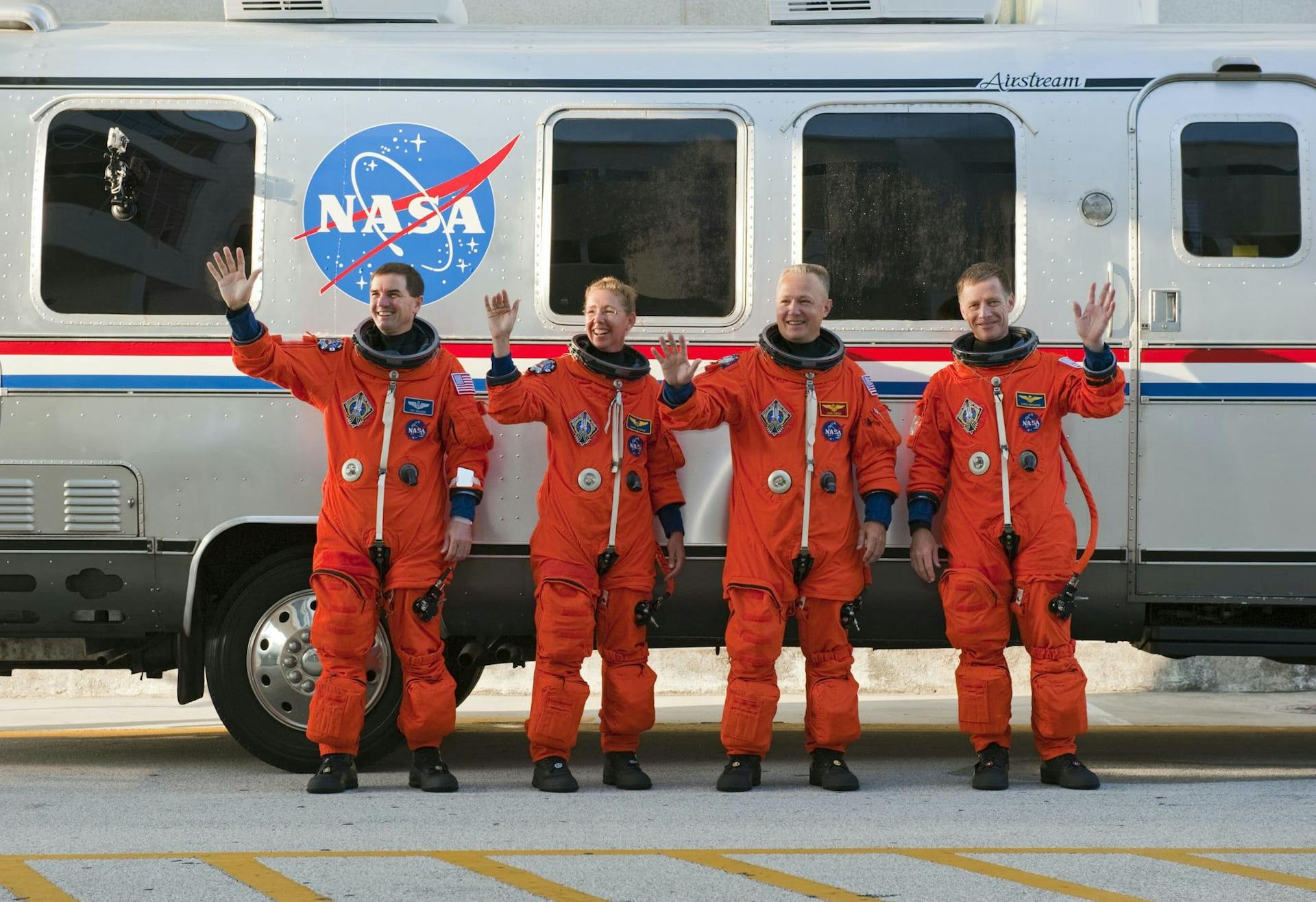
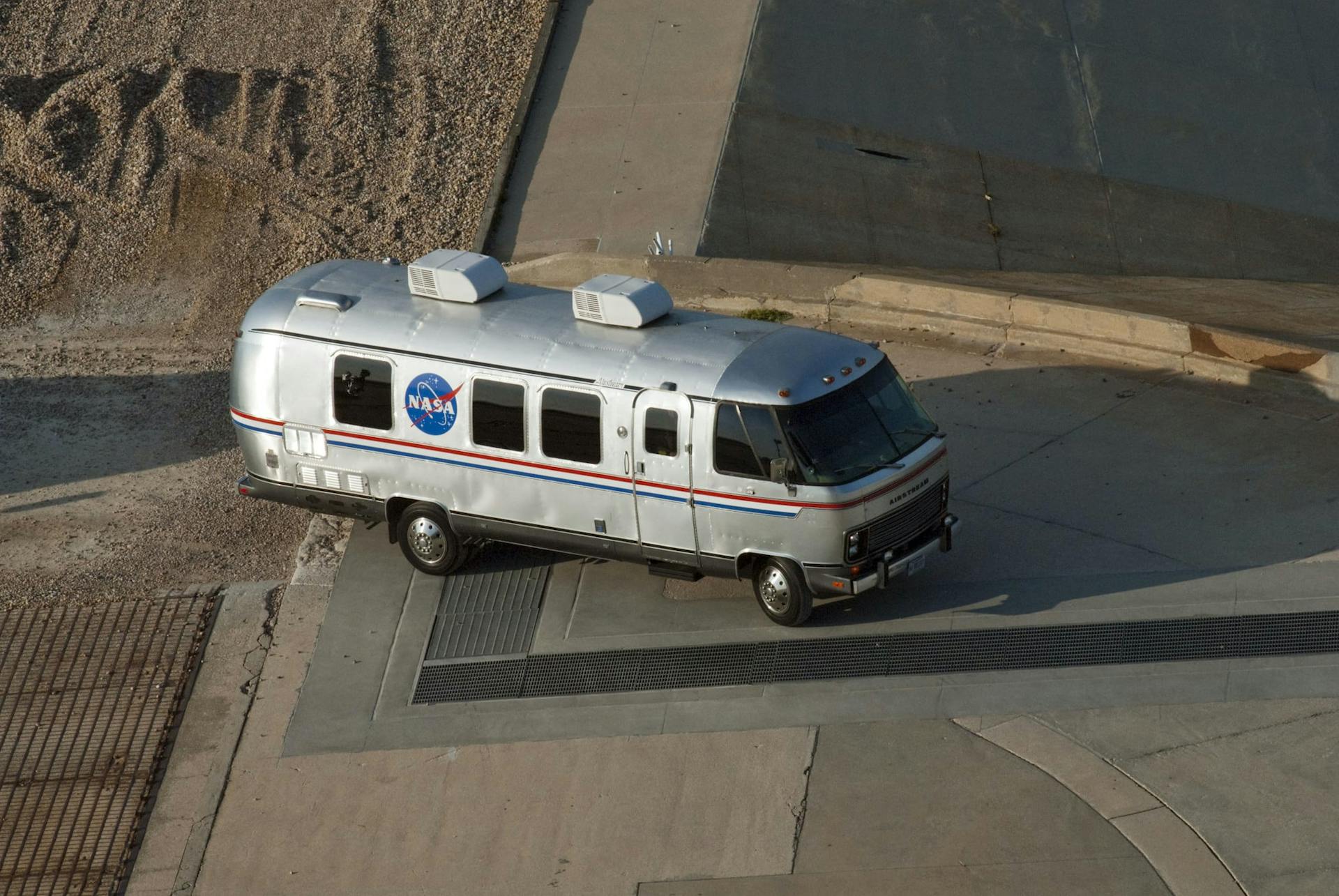
For Crew Demo-2, Hurley and Behnken got an upgrade to a Tesla Model X, probably the most advanced consumer vehicle in the world. A true supercar for a super mission, and one that you can buy yourself. This merging of consumer technology and “advanced” space technology shows that high-tech is no longer out of reach of common people. This is what will drive the new generation of imaginations.
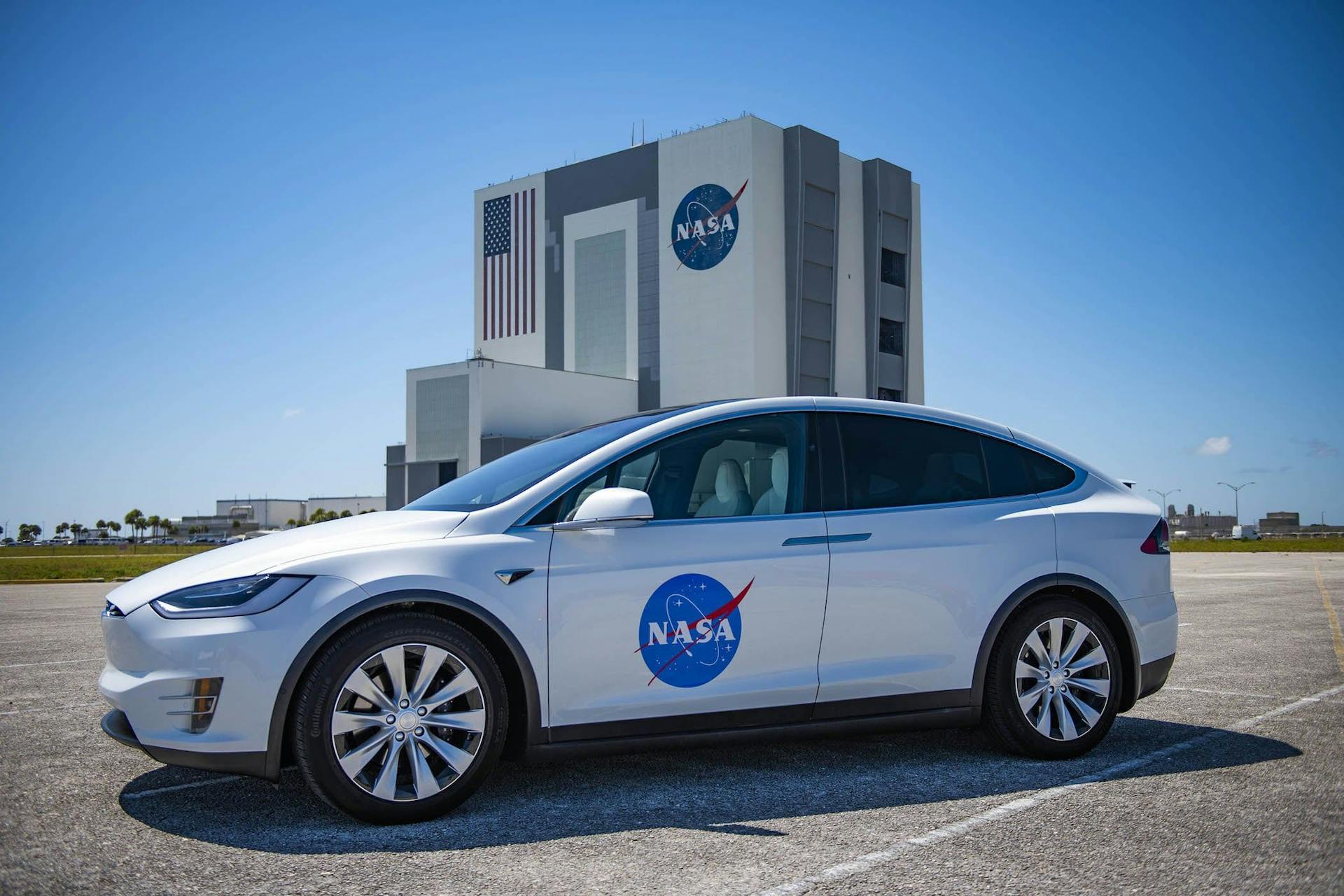
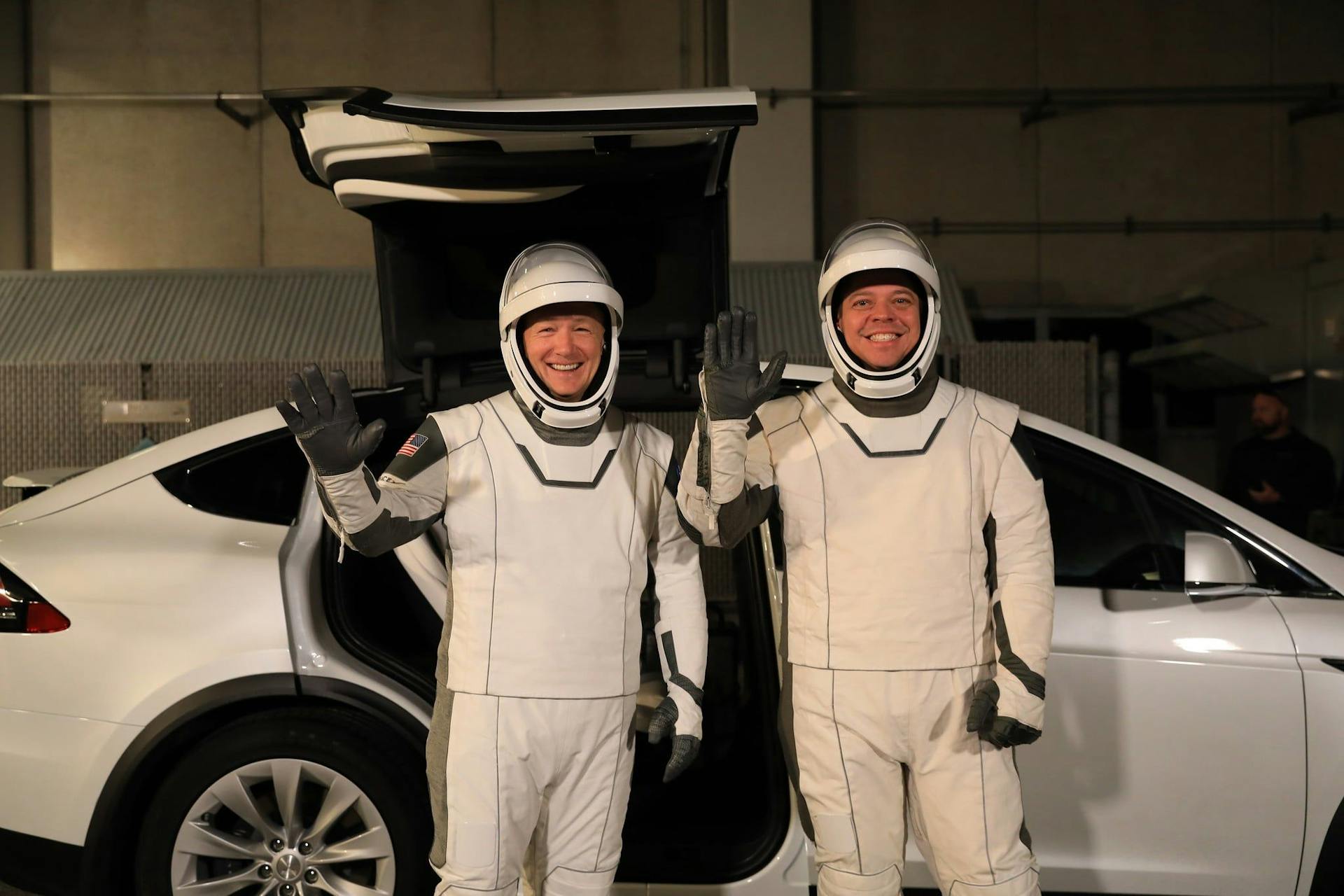
Behnken and Hurley also got to walk through the brand-new Crew Access Arm installed by SpaceX. With large windows and strips of bright LED lights spanning the bridge, it’s like walking through a portal into the future — something every spectator can imagine walking through to board a consumer spaceflight.
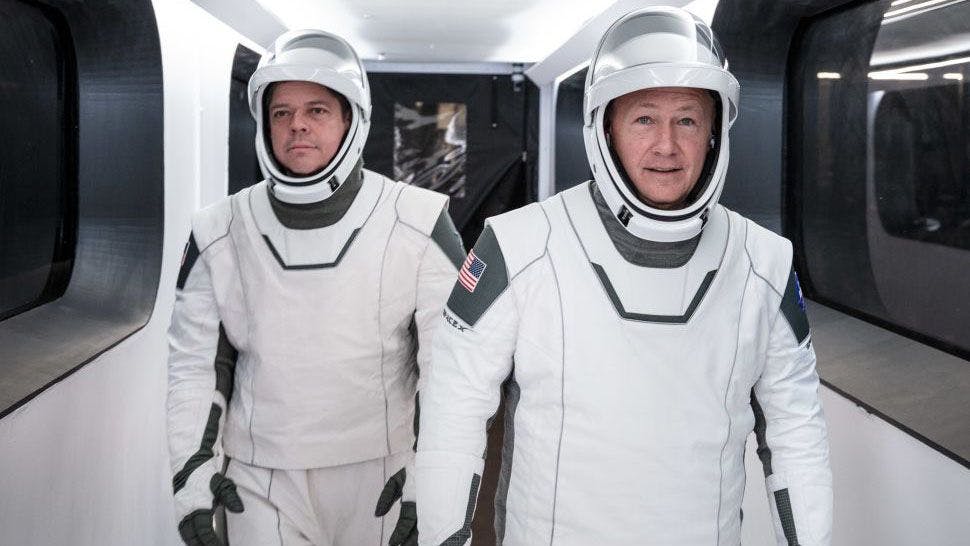

Design is what drives us
We need moments like these that can motivate us to work toward a larger goal, especially in times of tumult and crisis like today. From liftoff to landing, eyes around the world look to pioneers like SpaceX to provide a bright vision for the future, where humankind can become space-faring and inter-planetary.
And it’s working — the astronauts of all the features and characteristics of their new spacecraft, engaging the pioneers of today with the inventors of tomorrow watching from home:
Listen in to hear @AstroBehnken and @Astro_Doug on-obrit→ spacex.com/launches
And that is the true achievement of this revolutionary launch — to bring an extremely specialized and often secluded field back down to Earth to inspire, and to give hope of a better future.
"Exploration is in our nature. We began as wanderers, and we are wanderers still. We have lingered long enough on the shores of the cosmic ocean. We are ready at last to set sail for the stars."
~ Carl Sagan
Kartik's Newsletter
Subscribe to get science and tech news, new posts, and the latest updates from me.